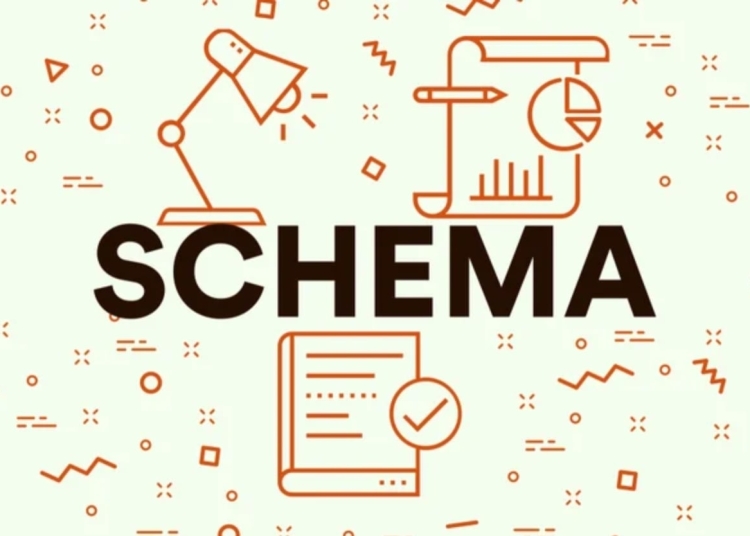In the evolving landscape of search engine optimization (SEO), a recent challenge has emerged due to the escalating costs associated with combating spam and integrating generative AI into Search Engine Results Pages (SERPs). Google’s shift towards implementing Search Generative Experience (SGE) is seen as a potential strain on resources, raising concerns over its impact on advertisement revenues as search efficiencies potentially decrease the visibility of ad placements.
Amidst this backdrop, an observation has come to light regarding Google’s indexing policy becoming increasingly selective, especially for sites with complex templates or extensive JavaScript usage. This has led to more frequent deindexing, an issue that, until now, seemed manageable through Google’s adept handling of content injections.
The Nightmare of Deindexing and a Strategic Solution:
For website owners and SEO professionals, being removed from Google’s index is tantamount to digital oblivion. Yet, there’s a silver lining through strategic alignment with Google’s ongoing initiatives, specifically through the implementation of schema markup. Schema markup not only clarifies content for search engines but represents a significant cost-saving measure for Google by streamlining the crawling and indexing processes.
How does Schema Markup Contribute to cost efficiency?
By facilitating a deeper understanding of web content through detailed schema markup, Google can efficiently allocate resources for crawling and indexing, leading to enhanced site visibility. Key strategies include:
- Descriptive Schema Markup: By providing clear and truthful descriptions of page content and entity relationships, the natural language processing (NLP) costs for Google are reduced.
- Entity Linking and External Data Connection: Utilizing the @id attribute to link entities and the sameAs attribute to connect with external authoritative sources further establishes trust and reduces data exchange costs.
The Underutilized Power of External Data Connections:
Connecting to external knowledge bases via sameAs is crucial for demonstrating authenticity and building trust, an essential factor in distinguishing legitimate content from spam. Linking to recognized databases and social profiles solidifies an entity’s legitimacy, a practice not leveraged enough in the SEO community.
Minimizing Ambiguity for Google’s AI:
In the age of generative AI, establishing verifiable trust is paramount. Content that cannot be verified by Google is less likely to be trusted, undermining efforts to reduce operational costs. As Google ventures further into SGE, providing structured, verified information becomes even more critical for training machine learning models effectively.
The Concept of Information Gain in SGE:
The inclusion in SGE is not merely about helping Google understand information; it’s about offering unique insights or perspectives. Information gain, a metric used by Google to enrich user experience by uncovering new information with each query, plays a pivotal role. High information gain scores could enhance the likelihood of content being featured in SGE results, emphasizing the need for fresh, unique content complemented by schema markup.
Conclusion
As Google aims to balance the implementation of SGE without adversely affecting revenue and operational costs, schema markup emerges as a strategic tool. It not only aids in reducing Google’s processing burdens but also ensures content creators can establish trust and potentially gain favorable visibility in an increasingly AI-driven search landscape.



